Learn more about this wonder grain that feeds so many nations across the globe, as well as how Southern African maize producers can optimise their profitability with help from Roff.
Maize is an ancient grain that is believed to have originated in Southern Americas, where it was cultivated by ancient Mexican civilisations like the Olmec and Maya tribes. From there maize spread throughout Southern America and travelled to the North Americas. It quickly migrated during the Age of Exploration (which started in the late 15th century) due to its adaptability to various environments and climates and became a staple food in many countries. Precisely how maize arrived in Africa is still uncertain as accounts vary, but many historians believe that it was introduced by Portuguese travellers and missionaries.

MAIZE IN SOUTH AFRICA
Maize is considered as the most important grain crop in South Africa, and harvest and production levels have a noticeable impact on economic growth and food security. Since the deregulation of the maize price in 1991, the market has mainly been influenced by market forces such as supply and demand.
Two-thirds of maize produced in South Africa is consumed by the local market in the form of maize products or as animal feed. Maize, in South Africa as in many countries across the world, is a main source of nutrition and the local market is considered to have a discerning taste when it comes to their ‘mealie-meal’, which many eat three times a day. Seeing as maize is an internationally traded commodity, the South African market is also subjected to international market influences.
According to a study conducted by the Department of Agriculture, Forestry & Fisheries on The Maize Market Value Chain Profile (2012), South Africa’s main maize producing provinces are the Free State (39%), North West (23%) and Mpumalanga (21%).1
The value chain in South Africa still mostly follows the traditional model that consists of producers (farmers) that supply to silo owners. From here the maize is marketed and sold to millers or animal feed producers, whereafter the product enters the retail or wholesale market. It is only then that it reaches the end consumer.

UP YOUR PROFITABILITY WITH ROFF
But restricting themselves to the traditional value chain might be to the detriment of most maize producers.
Roff manufactures and implements high quality and affordable maize milling plants and hammer mills that can be used to supply to the consumer market and stock feed industries. Our milling plants are designed to meet the milling needs of producers who wish to diversify. We carry out both roles of supplier and a project manager, offering a full turnkey project management service for the design and construction of new mills. For medium-size operations, Roff provides maize mills starting at 1 ton per hour up to 15 ton per hour according to the client’s needs.
South Africa produces approximately 8,0 million tons of maize annually on approximately 3,1 million ha of land.2 In 2020, however, due to favourable weather conditions, South Africa’s Crop Estimates Committee (CEC) is expected to forecast maize production at 15.049 million tons for the crop to be harvested in 2020, up from 11.275 million tons harvested in 2019 when dry conditions affected planting.3
This surplus, in addition to the ramifications of COVID-19 and fluctuating fuel prices, is set to impact producers. One way forward, we might argue, is for producers to become self-sustainable by implementing a Roff R-70 maize mill to take control over the market by shortening the value chain to the consumer. This not only gives the producers more market freedom, but also improves food security and ensures that the already cash-strapped consumer pays competitive prices.
To learn more about Roff Industries and what we can do for you, contact us on +27 (0)56 212 2697 or sales@roff.co.za
References:


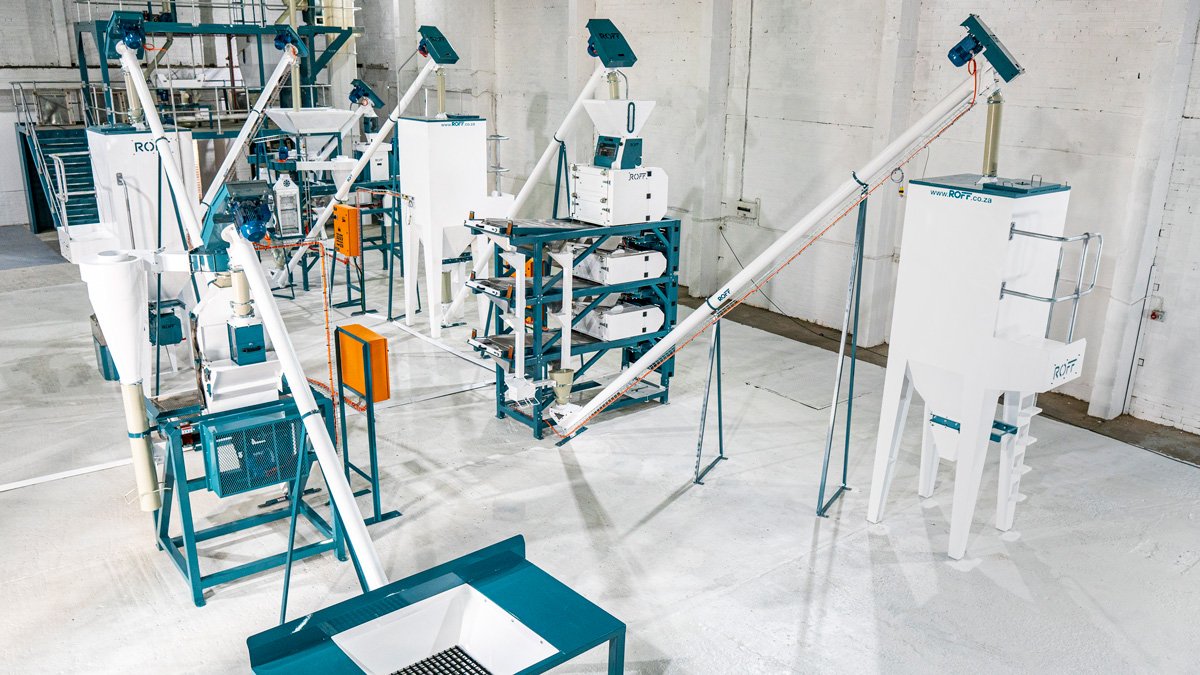
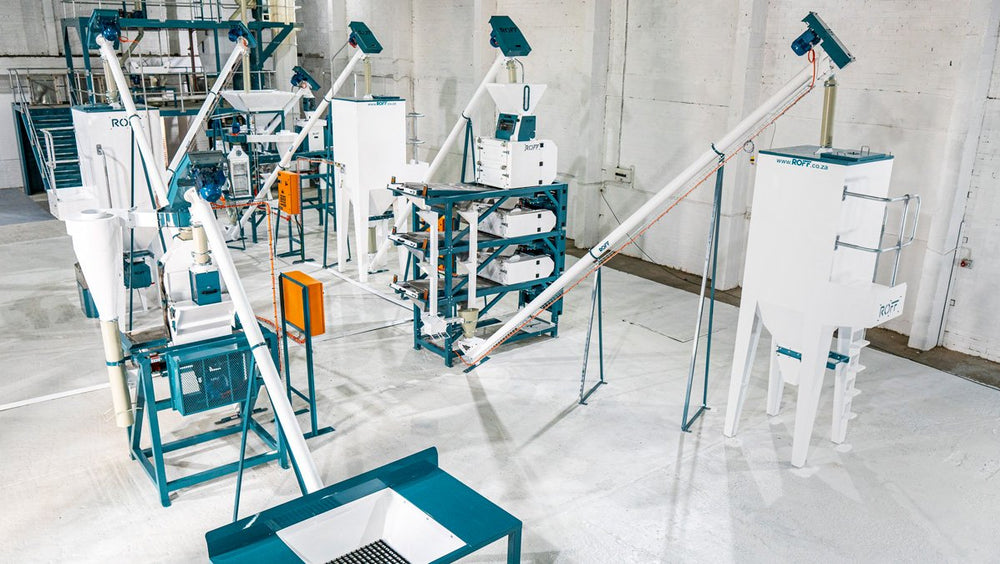
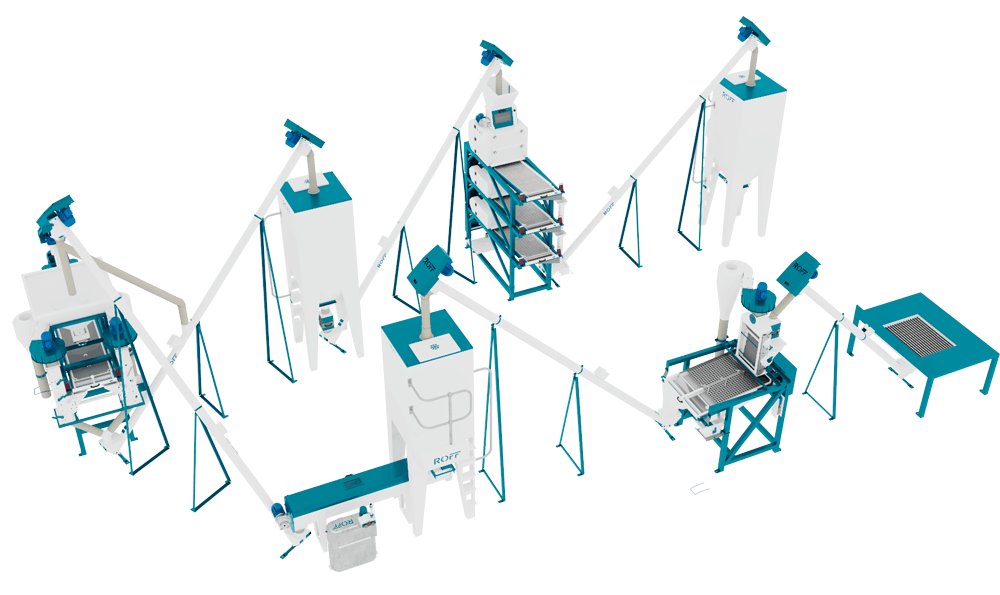
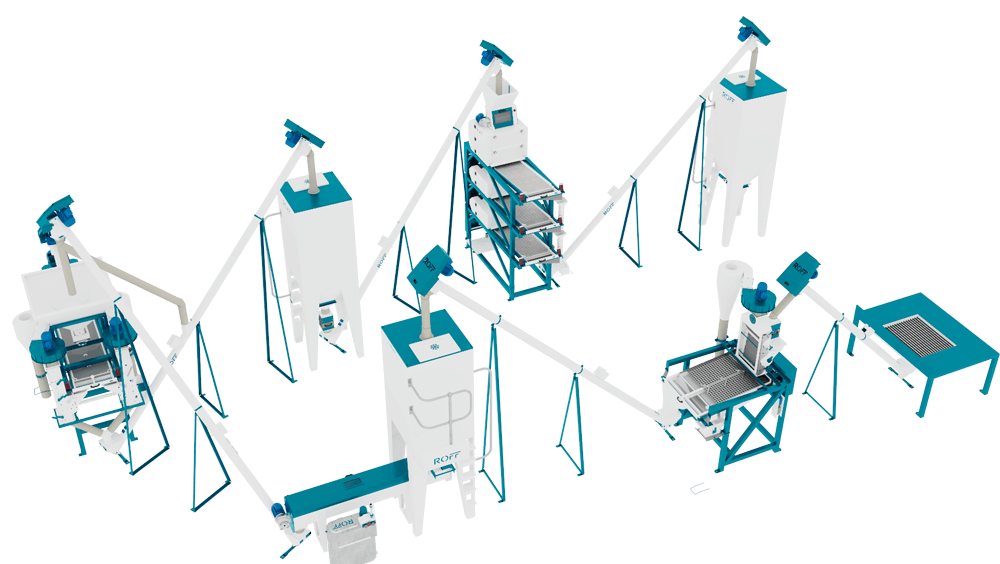
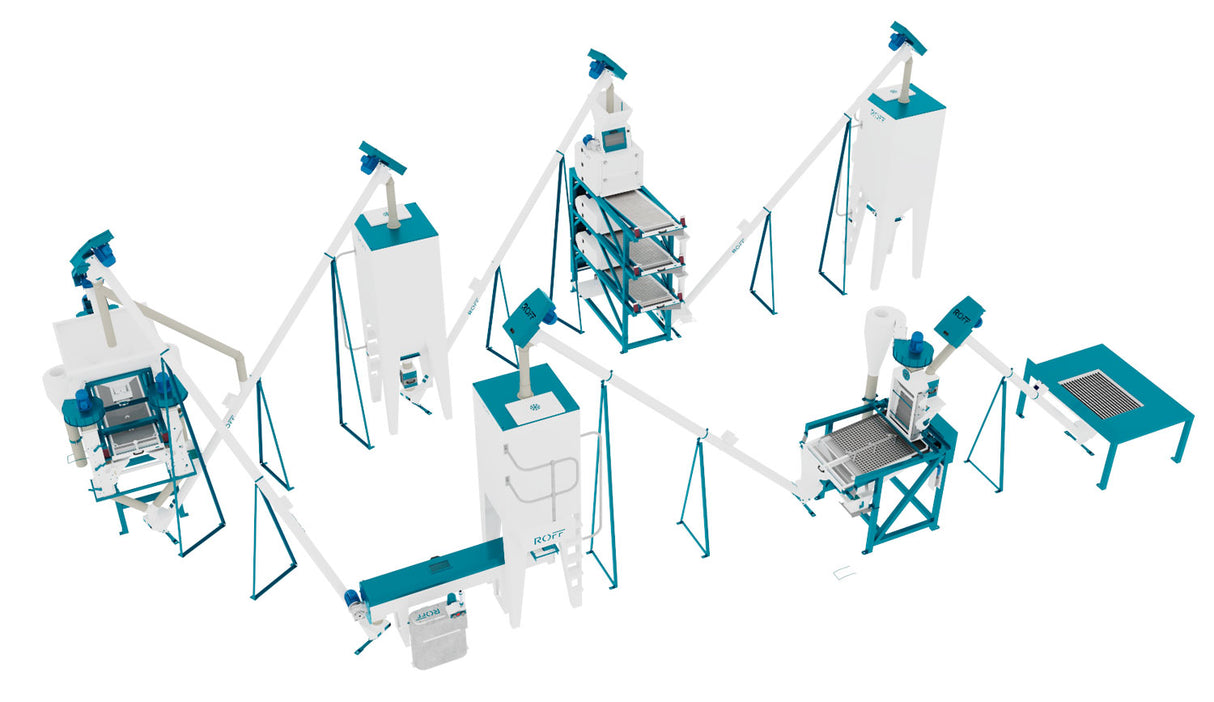
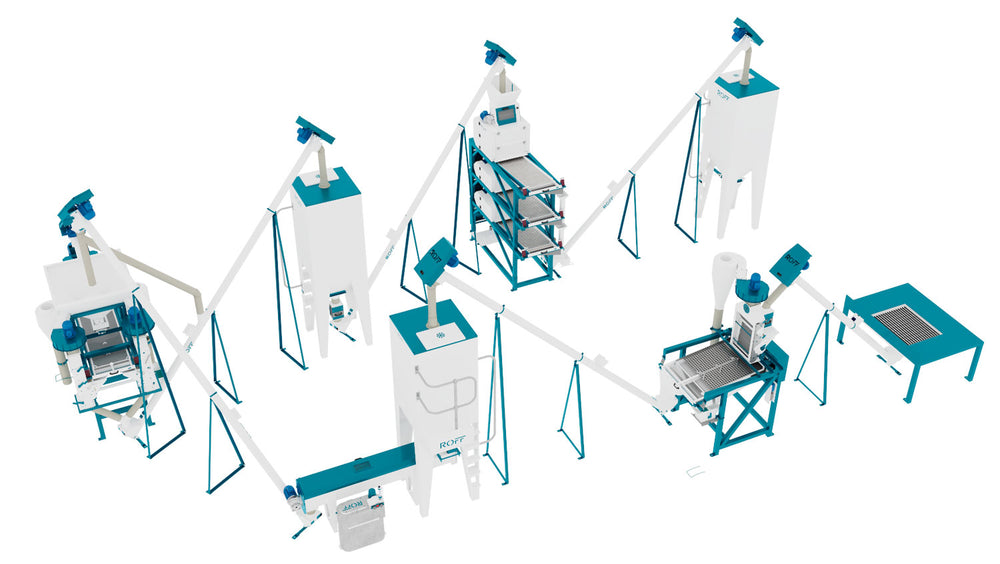
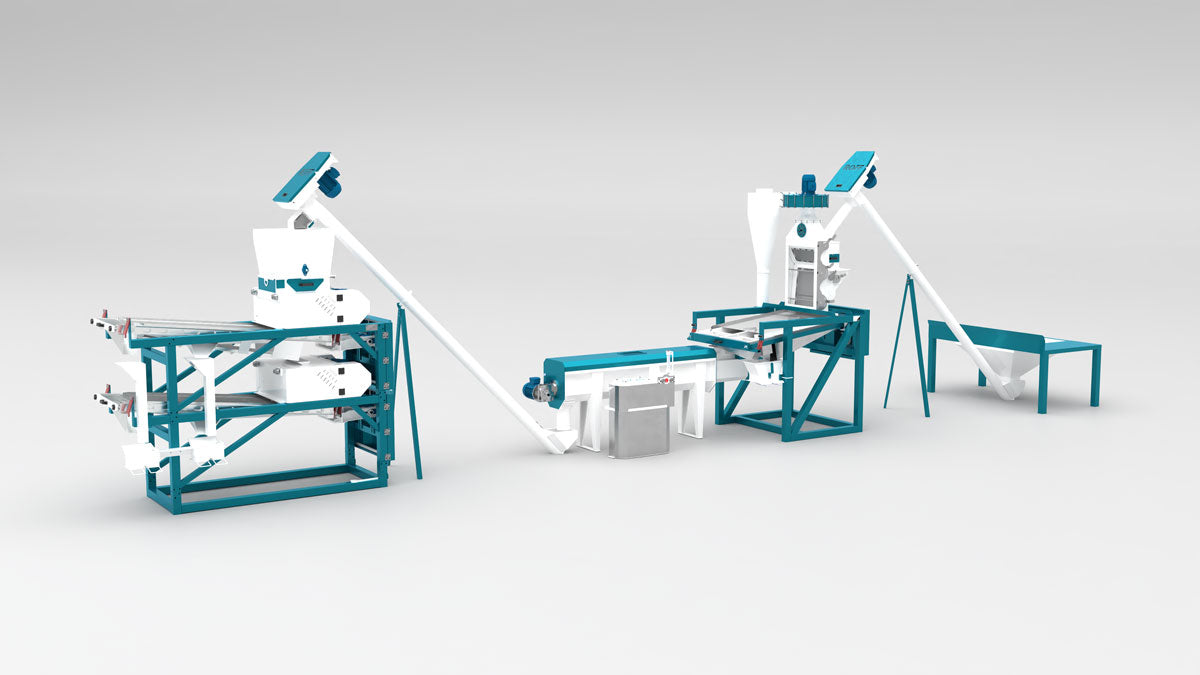
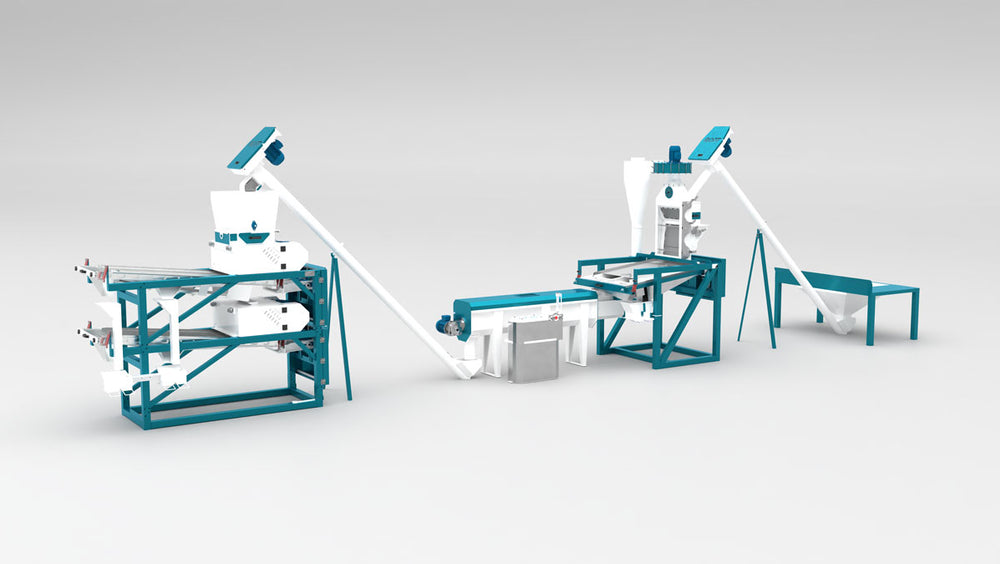

2 comments
The site is useful thank you
———
Roff Milling replied:
Thank you, please feel free to reach out if you have any questions.
Vriendelike groete / Kind regards
ROXANNE VD WESTHUIZEN SALES ADMINISTRATOR M +27 72 251 3547 No. 10, 9th Road, Industria T +27 56 212 2697 Kroonstad, 9499, South Africa roff.co.za<https://www.roff.co.za/> [logo]<https://www.roff.co.za/> The information in this message is solely for the intended recipient. If you are someone other than the person named as addressee, kindly delete this mail, and notify the sender. Please note that copying, disseminating, or taking any action based on the above information by anyone not intended as the recipient is unlawful. The views expressed in this message are those of the individual sender unless specifically stated as those of Roff Industries (Pty) Ltd.
The site is useful